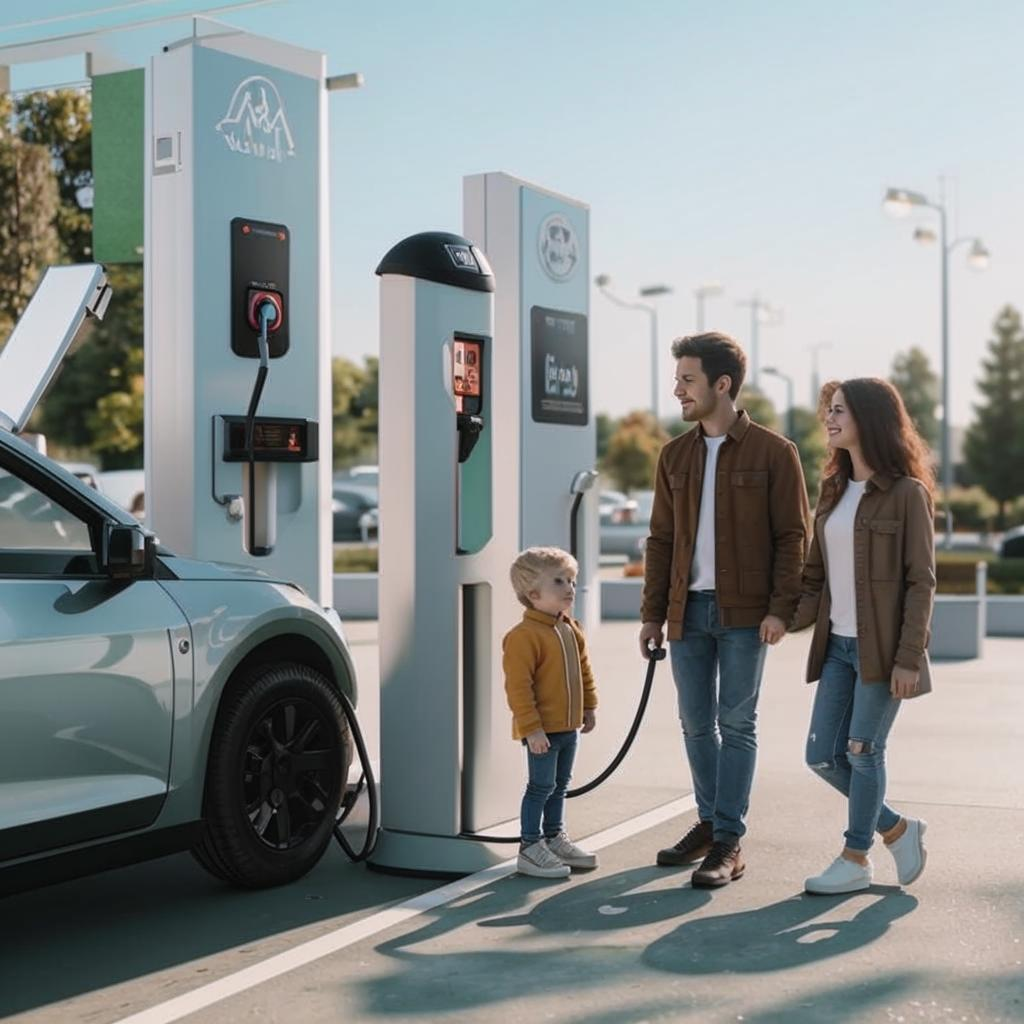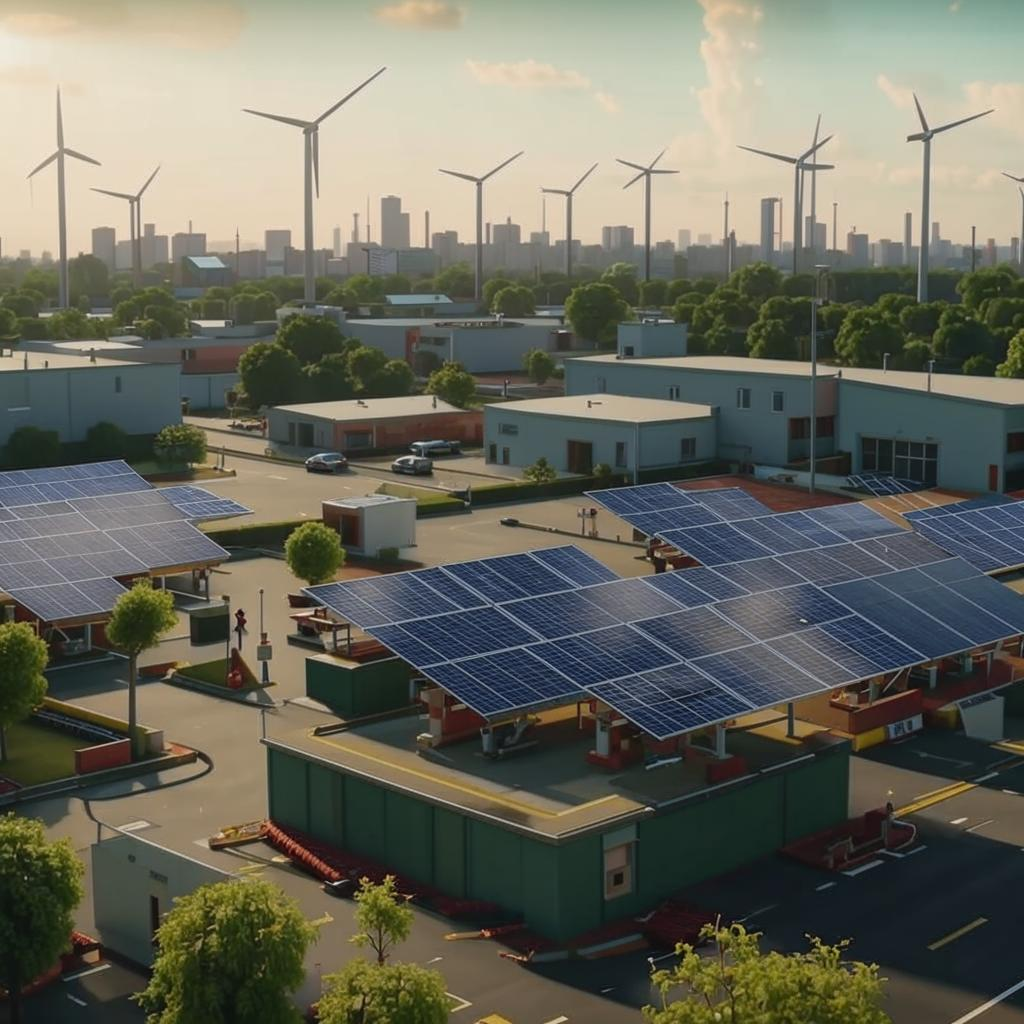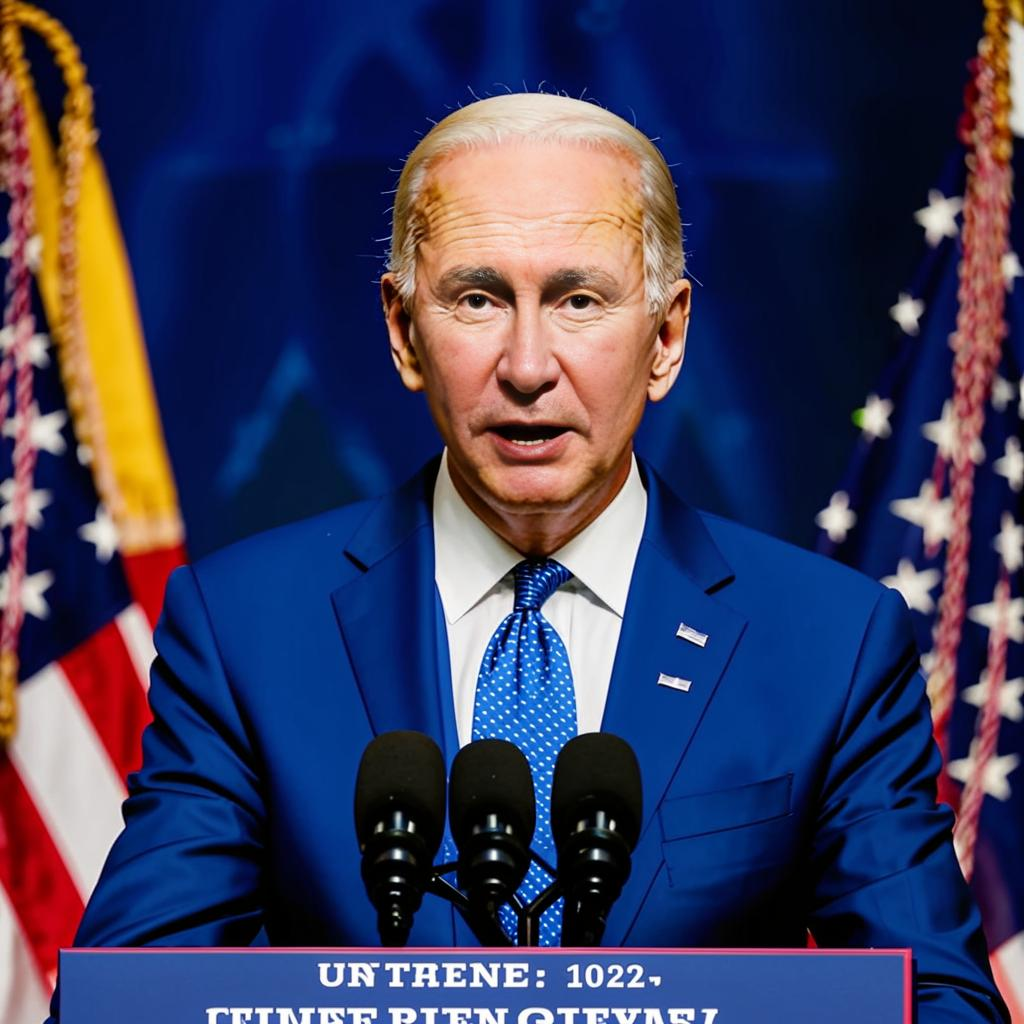Electric vehicle sales are experiencing unprecedented growth worldwide in 2024, propelled by a confluence of factors. Generous government incentives, including tax credits and subsidies, are making EVs more accessible to a wider range of consumers. These financial incentives are proving particularly effective in encouraging consumers to switch from traditional gasoline-powered vehicles.
Simultaneously, significant advancements in battery technology are playing a crucial role. Batteries are becoming more energy-dense, allowing for longer driving ranges and faster charging times. This addresses two key concerns that previously deterred potential EV buyers: range anxiety and charging convenience. Ongoing research and development efforts are further reducing battery costs, making EVs more competitive with internal combustion engine vehicles.
Automakers are also responding to the growing demand by expanding their EV offerings. Nearly every major manufacturer now offers at least one EV model, and many are planning to launch entire electric lineups in the coming years. This increased competition is driving innovation and further reducing prices.
The expanding charging infrastructure also plays a key role. Governments and private companies are investing heavily in expanding the network of charging stations, making it easier for EV owners to charge their vehicles at home, at work, and on the road. While charging infrastructure development still faces challenges in some regions, the overall trend is towards greater availability and convenience.
The future of EVs looks very bright. As technology continues to advance and costs continue to fall, EVs are poised to become the dominant mode of transportation in the coming years. This shift will have profound implications for the environment, the economy, and the automotive industry.















